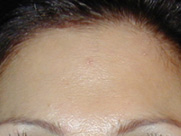
BOTOX® Cosmetic
What is BOTOX®?
BOTOX® is a purified protein derived from the bacterium Clostridium Botulinum type A.
BOTOX® injections have been used safely and effectively since FDA approval in 1989 for treatment of uncontrollable blinking (blepharospasm) and misaligned eyes (strabismus). Since than, Botox has been FDA approved for a number of medical conditions, including chronic migraine and excessive underarm sweating (severe primary axillary hyperhidrosis).
In the aesthetic field, Botox has been approved for treatment of frown lines (the 11s), forehead lines and lines at the corners of the eyes (crow’s feet).
How does BOTOX® work?
Both cosmetic and medical indications relay on its ability to block muscle contraction. BOTOX® is injected into a targeted area, with the use of a micro-needle, blocking impulses from the nerve to the muscle, thereby relaxing the muscle so it does not contract.
What is BOTOX® injected for at Millennium Med?
- improvement of dynamic facial lines like the ones on forehead, between the eyebrows or corner of the eyes
- improvement of “bunny nose” chin puckering and downturned mouth corners
- neck lines and platysma muscle bands
- underarms excessive sweating
- hands excessive sweating
All treatment are performed by Dr. Maria O’Brien herself, using BOTOX® bought directly from Allergan, the only FDA approved source in the U.S.
How long does the procedure take?
Following the consultation and planning with Dr. Maria O’Brien, the actual procedure takes 10-20 minutes. Since there is no downtime – you can do it at lunchtime – and no one would know you had it done!
How quickly will I see results?
BOTOX® usually starts relaxing the treated area within a week, but the full effect may not be realized for up to two weeks.
How long will BOTOX® last?
The effects typically last 3 months, but everyone is different. We noticed the effects of Botox to last up to 6 months when used to treat underarms or palms sweating.
For facial and neck lines we advise our patients to have the first 3 treatments precisely at 12 weeks, and the next two treatments precisely at 16 weeks. Typically, patients who follow this treatment schedule begin to need less Botox or they further increase the time between treatments.
What are the risks?
The most common side effects are local and self-limited and include but are not limited to discomfort, bleeding and bruising at the injection site, nausea, headache, dry mouth and eye problems: double vision, blurred vision, drooping eyelids, and swelling of eyelids.
Serious and/or immediate allergic reactions have been reported with use of Botulinum Toxin: itching, rash, red itchy welts, wheezing, asthma symptoms, or dizziness or feeling faint.
There is a risk that all Botulinum toxin products may spread from the area where they were injected to other parts of the body, causing potentially life-threatening swallowing and breathing problems. This was predominantly seen in children treated with Botox off-label for cerebral palsy. These issues have not been reported among people who received botulinum products for cosmetic uses or to treat blepharospasm.
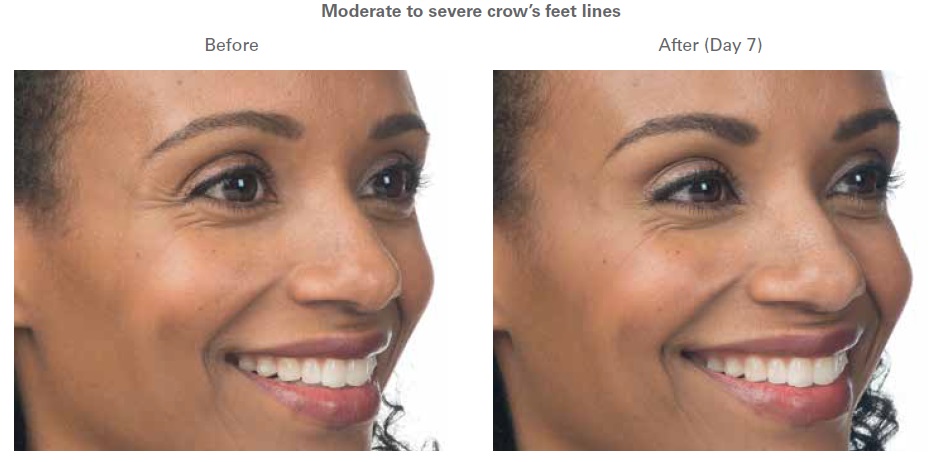
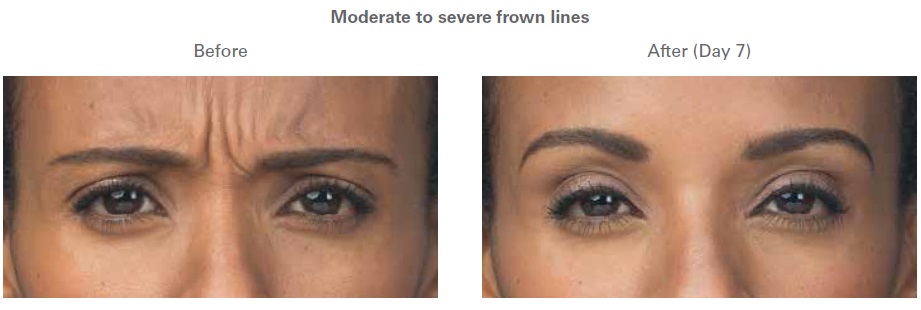
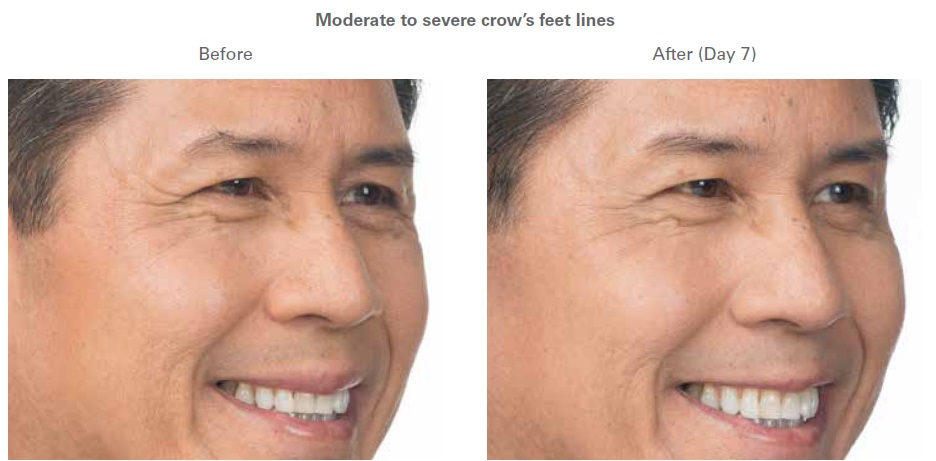

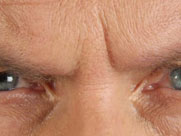
BEFORE
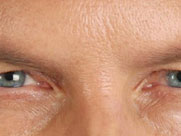
AFTER
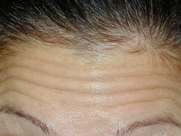
BEFORE
